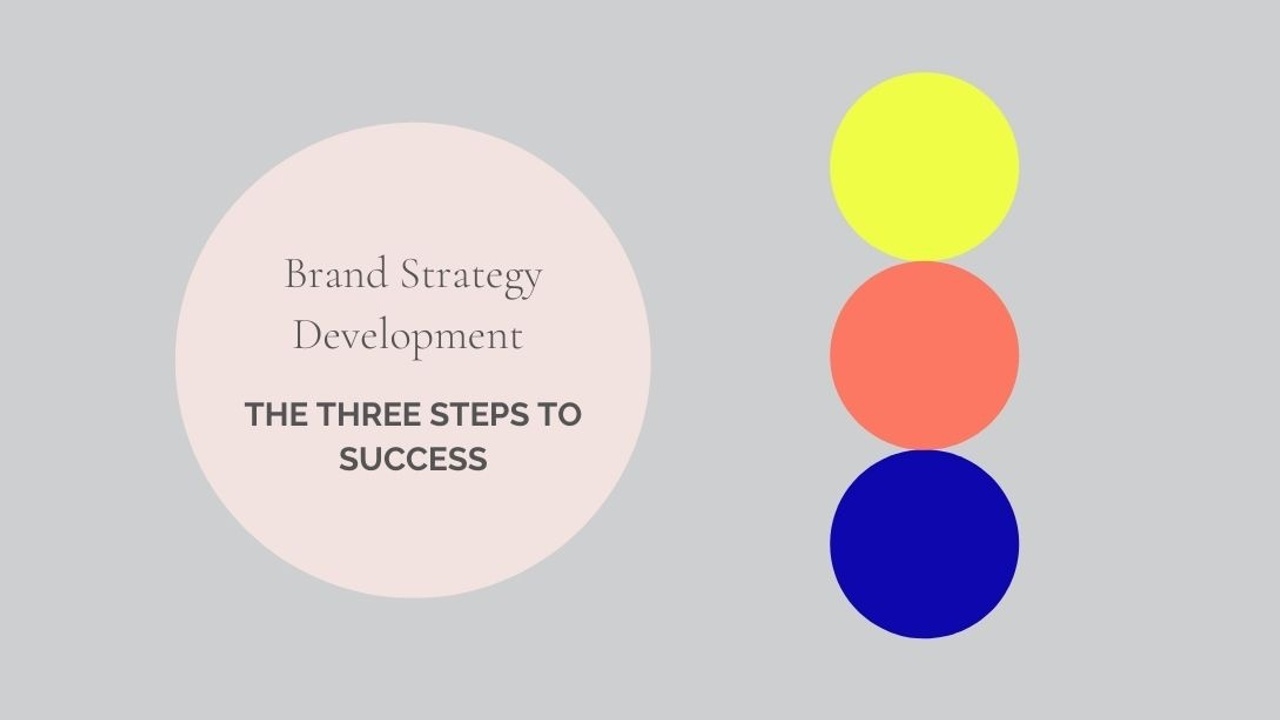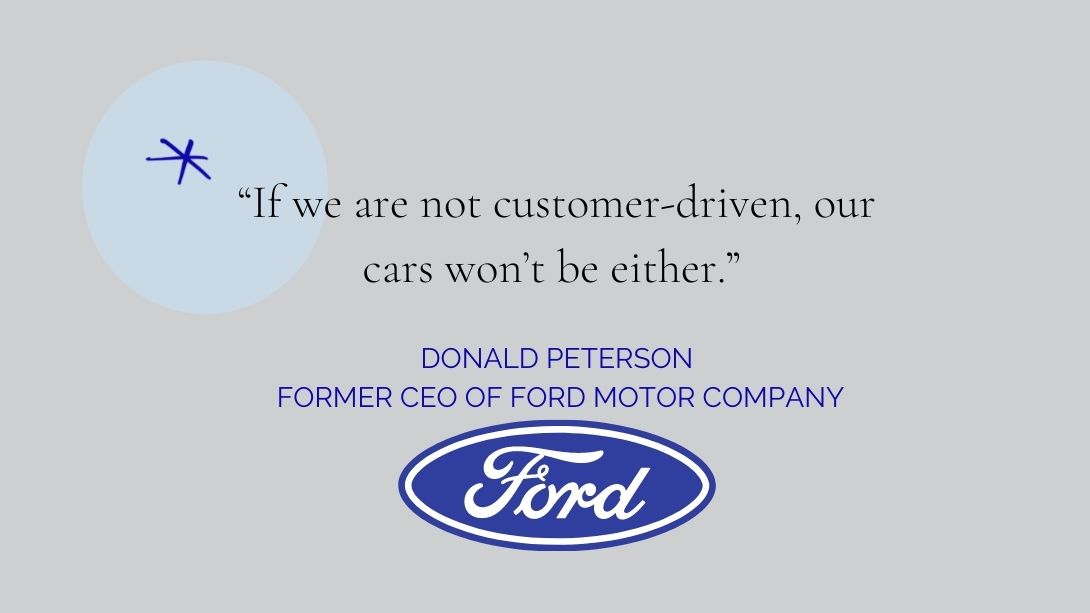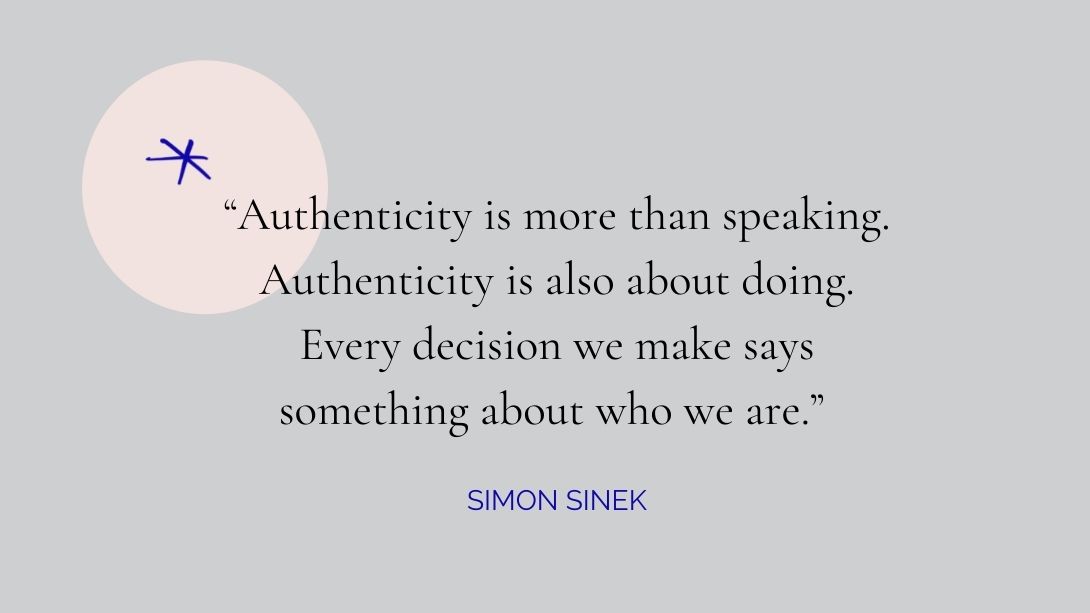Brand Strategy Development - What All The Best Brands Do and Why

Developing a brand strategy is one of the most important things for any organisation to get right. Brand strategy has been proven to increase market share, help companies grow faster than others, help to retain employees and attract new talent and focus and improve innovation.
The world's best brands follow a tried and tested brand strategy development process that I want to share with you here. They know if you get your brand strategy right, it can be one of the best long-term levers for business growth.
But this long-term aspect of a brand strategy is one of the challenges.
Because companies don't change their brand strategy often, there are not many people within an organisation who know how to create one. Experienced CEOs and CMOs can work for decades without ever spearheading a brand strategy project.
So if you’re suddenly in this position of needing to create a brand strategy for your client or business, you need an approach that you can depend on.
I’ve been lucky enough to work on over 60 global brand strategy projects over the past 20 years, across the A-Z of industries, so I know this will work for you!
How To Do A Brand Strategy
Before you start any brand strategy creation, you need to be clear what you’re creating and why, and ensure the right people are engaged in the process.
This might need some upfront stakeholder meetings to ensure everyone understands things like what a brand, branding and brand strategy are.
Sharing some brand strategy examples is also really helpful – particularly from the world’s best brands that leaders are likely to admire. (Apple’s brand strategy is one that’s used often).
Occasionally you need to persuade people why brand strategy is important to ensure you get their time, attention and engagement over the coming weeks.

The biggest myth about brand strategy is that it’s just about guiding branding and marketing strategy. In truth it has an impact on many of the levers of business growth. In particular, innovation, employee retention and attraction, and marketing. It needs all the leadership team involved, but particularly the CEO, CMO and CHRO.
Choosing A Brand Strategy Framework
Secondly, you need a brand strategy framework that will work for your business.
Don’t get sucked into a Google search on brand strategy frameworks or templates. This will introduce a world of unnecessary complexity and jargon that will feel overwhelming.
There is truly only one approach you need. It’s based on a study of the brand strategies of all of the world’s most valuable brands and my 20+ years experience using it for brands across a multitude of industries.
The secret is to ignore all the models and frameworks out there, and focus instead on answering the questions that all of the world’s most valuable brands answer to define their brand strategy.
These are:
- WHY do you exist?
- WHO are you and how do you do things?
- WHAT do you do?
- HOW do you want to look, feel and sound?
All of the world’s most valuable brands answer these questions, as these brand strategy examples show.
They just don’t agree on what to call the answers to these questions.
But if you want some labels, here are the most common.
Typically, the answer to your WHY is called a mission or purpose.
Your answers to WHO you are and HOW you do things are most often called values and behaviours.
How you want to look, feel and sound is often described as your brand personality.
But the terminology doesn’t matter. Ignore any advice that tells you that you must have a mission or a positioning or a credo or a philosophy…. or worse – proprietary language no one has ever used before.
Call the answers whatever feels right for your organisation. What the CEO will feel comfortable saying.
What doesn’t create confusion with things you’ve used or said in the past.
Choosing the terminology is the least important part of the process. Focus instead on answering the questions in the right way.
How To Create Your Brand Strategy – A 3 Step Roadmap
So, once you have the right people engaged and you know what you’re creating and why, there are three steps you need to take to create your brand strategy in the right way.
- First, you need to gather insight in three areas: your key stakeholders (customers, employees and any other that has a significant impact on the success of your business); your competition and your company.
- Then you need to filter these insights to get to the ones that are relevant, differentiated and authentic.
- Then you use these insights as fodder to create answers to your questions.
Let’s talk about the three areas you need to gather insights in.
First: your key stakeholders.

Before you write a brand strategy you need to figure out how your brand is - or could be - serving the needs and desires of your key stakeholders (often called your ‘target audiences’ All this means is the people without whom you wouldn’t have a business).
This always includes customers and employees, and sometimes includes other audiences that have a significant impact on the decisions your customers take (e.g. high-end travel agents for luxury hotel guests; doctors or pharmacists when you’re working with pharmaceutical brands).
You need to gather insights into these audiences because WHY you exist and what you brand is shouldn’t be all about you – it should be ALL about the value you provide your customers and employees. Without either of them you just don’t have a business.
Where some businesses make a mistake when doing brand strategy is that they define the answer to WHY they exist as, ‘We exist to meet the demands of our shareholders and we aim to grow by 15% year on year’ or ‘Our Vision is to be the leading software company in the country’ - that’s why we exist.
But this isn’t WHY you are valuable to the people who will make or break your business. It doesn’t describe WHY your customer should care about you. These are just business goals you want to hit.
How on earth are you going to hit those figures? By growing your customer base and hiring the right people to help you grow. So your brand platform, and your WHY in particular, has to speak to them and not to your P&L statement.

Getting to these insights requires conducting some research. This is what puts many people off learning how to do brand strategy. But it's not complicated, and can be done in quick, easy and cost-free ways.
The second area you need insights from is your COMPETITION.
Brands help people make choices, so our brand strategy needs to be clear on how we are DIFFERENT from our competitors. If we go out there with the same answers here to WHY we exist, WHO we are and HOW we do things as our major competitors then we are doing nothing to help customers understand why they should choose us over others and how we stand apart.
So when we are trying to figure out our brand strategy we need to research what our competitors stand for so we can understand areas to avoid. Once you know the shortcuts on where to look, this can be done quickly, using a competitor audit template.
The final area is the COMPANY.
The first two areas look outside, and now we need to look inside. We need to make sure we are reflecting the organisation itself; who they are, how they have got to this point, what they are building and creating and what their intentions are for the future.
We need to make sure the brand strategy feels right: feels authentic to the people working at the organisation and builds on any positive equity and heritage.
And it must be supported by their strengths and key capabilities and day to day behaviour. It has to reflect not just what we’d like to say about them but what they are actually DOING. It has to be true!

Sounds obvious, but a lot of the problems with brand strategy are down to not paying attention to this point enough. (Read more about brand strategy problems and how to solve them here).
Brand strategy success
To do brand strategy development successfully, you have go through this 3 step roadmap that begins with gathering insights into your key stakeholders, competition and the company itself.
Because a successful brand strategy is one that's relevant to the people you need to attract, sufficiently different from competition and authentic.
Once you have filtered those relevant, differentiated and authentic insights, you can use them as your 'fodder' to create the answers to your brand strategy questions. These are steps 2 and 3: filter then build.
Now, I know all of this sounds like some work, and it is – I’m not going to pretend that you can get to such an important outcome in half a day and 2 cups of coffee. It’s something that should last an organisation years, impacting every person who works for you and brings focus to marketing, HR and innovation efforts.
Stay clear of anyone who tells you that a successful brand strategy can be created in a conference room with a few people in one afternoon!
But it can be done very efficiently, typically over an 8-12 week period depending upon the complexity of the business and the scale of the research needed.
And if you need it, I can help you through every step with all the practical tools and support you need: research guides, company workshops, analysis templates, tons of brand examples and 21 weeks a year of live Q&A in my course, Brand Strategy Academy. Would love to see you in there.
Get brand strategy smarter in 5 minutes a week
Join our weekly newsletter. No fluff. Sent Fridays.
By clicking the button, you agree to receive the 'Brand Strategy Smarter' newsletter and marketing emails from Brand Strategy Sarah about our products and services. Unsubscribe at any time.


